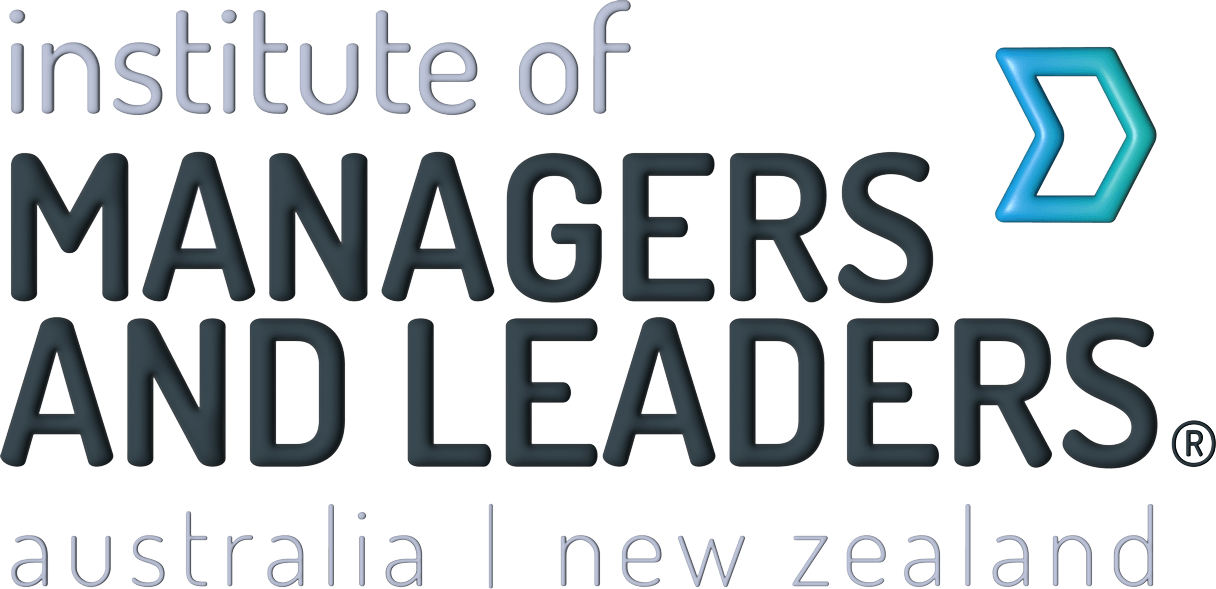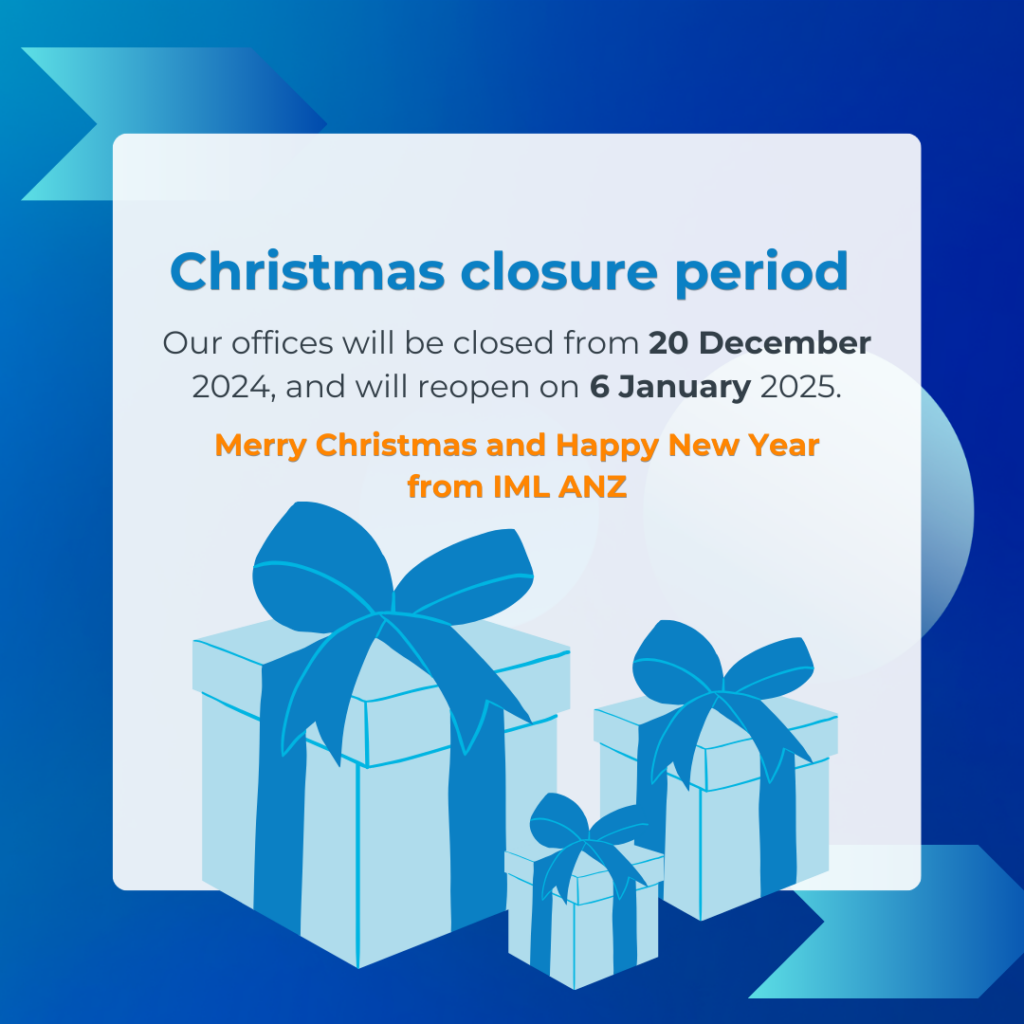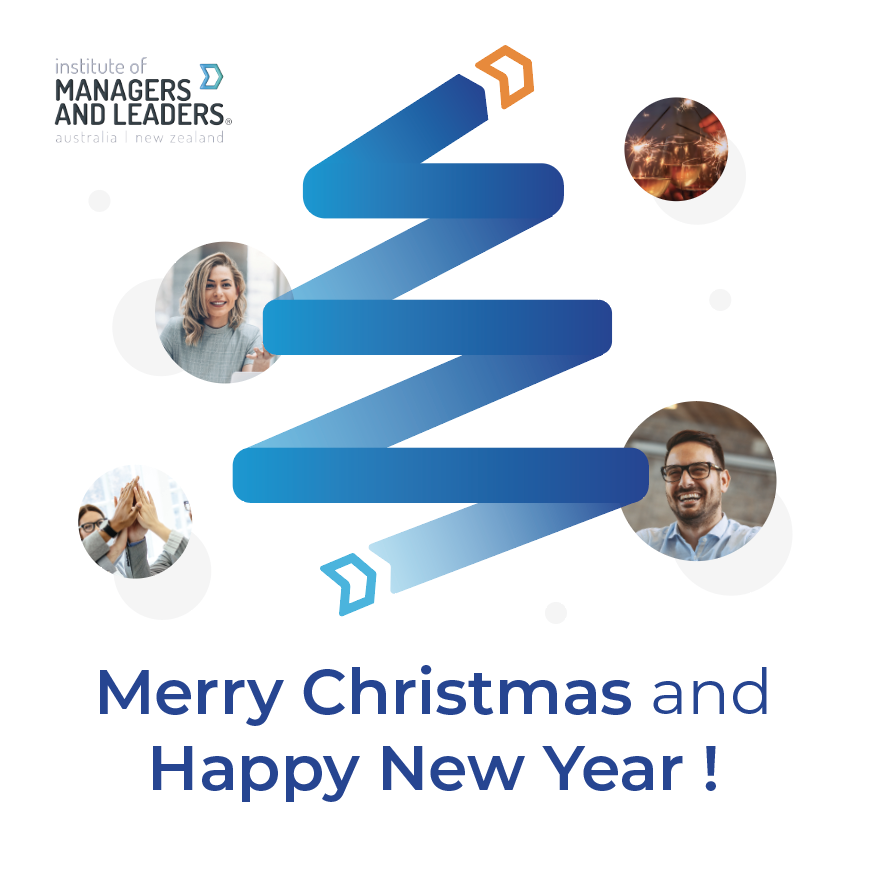AI has officially moved out of the realm of sci-fi and tech geeks and into the day-to-day realities of how businesses work. It’s no longer a question of if you’ll adopt AI, but how.
As we charge into 2025, leaders need to take a good, hard look at their relationship with AI. It shouldn’t be seen as another tool in the shed. It should be seen as a collaboration partner that can transform the way we approach work.
The key? Keeping it human-centric. Always.
AI’s relentless pace of change can be both thrilling and overwhelming. The good news is that whether you’re an AI whiz or still squinting at your screen wondering what ‘ChatGPT’ stands for, there’s plenty of time (and opportunities) to become more confident with it.
Feel the fear (and do it anyway)
Change can be scary – and the rapid pace of AI has left many leaders with their heads spinning. Whether you’re worried about job or data security, the ethics of AI, or simply aren’t convinced it’s a good use of your time, then it’s time to shift your AI mindset.
Here’s how to tackle those fears head-on:
- Understand AI’s purpose – AI isn’t here to replace jobs. It’s here to enhance them. By automating repetitive tasks, AI frees teams to focus on creative, meaningful, and strategic work.
- Learn the ropes – Educate yourself and your team about AI’s capabilities and limitations. Try introductory training programs and workshops to demystify AI, so you feel empowered to make informed decisions for yourself and your wider team.
- Start small, think big – Begin with low-risk pilot projects to build your AI confidence. Experimentation fosters familiarity and helps identify areas where AI can have the most impact, so start small and build from there.
Think of AI as your shiny new assistant. You wouldn’t expect a human assistant to walk in on Day One and nail your entire to-do list, would you? AI is no different.
It needs to be taught about your business, your customers, and your priorities. The better it understands your world, the better it performs. Remember, garbage in, garbage out!
Keep it human (because people matter)
AI is great at efficiency, but let’s not forget what sets us apart – empathy, creativity, and connection. Businesses thrive on those human qualities, and they should guide every decision about how (and where) to integrate AI.
Take LinkedIn, for example. Ever scrolled past a post that’s so robotic you can practically hear the gears turning? Nobody wants that. We want to connect with people, not bots.
Here’s how you can keep your AI adoption people-focused:
- Set boundaries – Create clear, transparent guidelines about how AI will be used. This builds trust with your team and stakeholders, so everyone knows where the human ends and the AI begins.
- Collaborate, don’t replace – AI is your sidekick, not your hero. Let it handle first drafts or provide data insights, but the magic happens when humans step in to refine, personalise, and innovate.
- Lead with emotional intelligence – Remember, people want to feel valued and heard. AI can streamline processes, but it’s up to you to create a culture where people – and their contributions – come first.
Strategies for success
The secret to successful AI adoption? Make it a team effort. When your people feel included and supported, they’ll be more likely to embrace the tech – and find creative ways to use it.
Here’s how to make it happen:
- Teach AI about your business – Use prompt engineering to personalise GenerativeAI tools like ChatGPT and CoPilot. Feed it information about your products, services, and customer preferences so it delivers relevant, useful outputs.
- Keep the conversation open – Host regular team check-ins to discuss AI adoption. Share success stories, brainstorm new uses, and address any concerns head-on.
- Boost productivity, not bureaucracy – Use AI to streamline processes, such as drafting job descriptions, creating project templates, or crafting personalised training plans. Let your team take those first drafts and add their human touch.
- Prioritise ongoing learning – AI is constantly evolving, so continual upskilling is important. Invest in training programs, buddy systems, or mentorship opportunities to help everyone on your team stay ahead of the curve.
Lead the way in 2025
As we step into 2025, take a moment to reflect on how AI can support – NOT replace – your team’s work.
With the right mindset and a focus on learning and collaboration, you’ll keep up-to-date with the changing world of work as well as create opportunities for innovation and growth.
It’s time to lead boldly, think strategically, and, most importantly, keep it human. Let’s make this your year to shine – AI and all.



